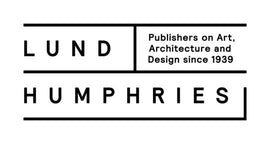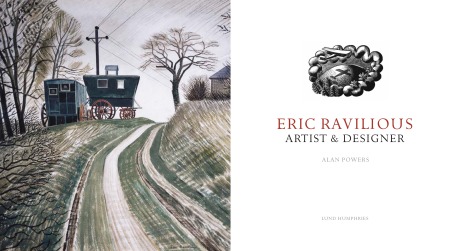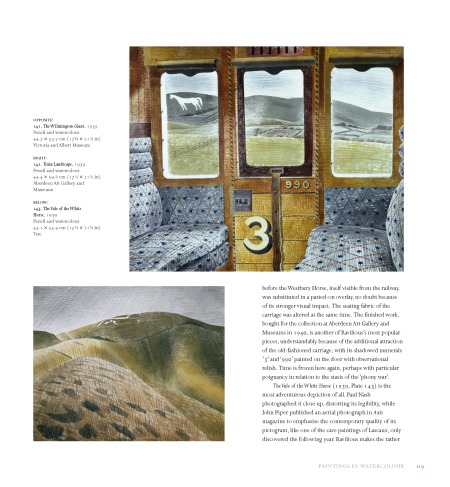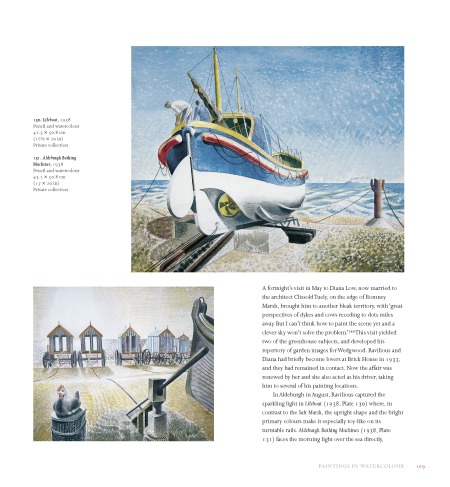Ravilious in Print
Alan Powers, author of Eric Ravilious: Artist and Designer, discusses the current display of the artist’s works at Dulwich Picture Gallery and the challenges of accurately reproducing his unique watercolours in print.
It would have been convenient if Dulwich Picture Gallery had put on their current exhibition of Eric Ravilious watercolours two years ago. In June 2013, my book on him for Lund Humphries was written, edited and designed, and all that remained was to check the colour in the illustrations before it went off to print. I had last seen most of the paintings in 2003, when I was guest curator for the Ravilious retrospective at the Imperial War Museum, and although necessary in theory, it would have been impractical to go round all the locations, public and private, where they are held in the short time available for colour correction.
The accuracy of colour reproduction in print is something that, even in a supposedly scientific age, is worryingly unpredictable, owing to the number of different ways in which the original work of art can be falsified in the chain that leads to the final image on the page of a book. We all know this when we pick up a hefty catalogue at the end of an exhibition and find that it somehow fails to recapture the reality of what we have just seen. Errors occur because the transparency or scan from which the printed image derives is inaccurate, or at best in need of translation in order to convey the quality of the original. Ravilious’s watercolours are often very pale, but the colours are still vivid and bright in a way that printer’s ink has difficulty in conveying, and one has to aim for a balance between the temptation to bump up the colours to a poster-like extent, and the danger that the reality of the paleness will undersell the original.
For the first time in my life as an author, I was able to go with Lucie Ewin, the Project Manager at Lund Humphries, to the ‘repro house’, XY Digital, whose job is to interpret and check the digital information and ensure that everything comes out as hoped for. In a basement near the Oxo Tower, we lined up all the existing books on Ravilious and compared the results picture by picture, sometimes recognizing red casts across the image, or simply lowering the contrast, but in certain cases, with the wizardry of an expert in Photoshop, actually balancing and clarifying details within the picture. I was delighted to be allowed to participate in the process, and, within the unavoidable margins of error, to aim for the best. It was well worth the effort when the first copies arrived in the autumn.
Potentially, we could have done even better had we been able to walk round the Dulwich exhibition with proof pages in hand. I haven’t dared yet to take a copy of the book round and check for accuracy, but for those who mostly know Ravilious’s paintings from books, it is worth going to experience not only the colour but the actual size of the paintings at Dulwich. Few artists can have been quite so uniform in the size of their work – roughly A2 in our DIN sizes, but a bit more square. This makes it quite hard to get variety in hanging his work in large numbers.
For the Imperial War Museum retrospective, Julian Feary and Katherine Heron designed an installation that subdivided the large rectangular gallery into a series of small rooms off a central spine, which worked brilliantly to give the paintings the intimacy they need. The side rooms at Dulwich, used for temporary exhibitions, have a similar scale to the IWM installation, and are similarly painted in a variety of soft colours. James Russell, who suggested and selected the Dulwich show, has made some interesting and surprising mixes and matches in the way the pictures are hung, and there are some rarely seen paintings. In the case of one depiction of bathing machines on Aldeburgh beach, part of Ravilious’s productive week there in August 1938, the painting has hardly been seen since it was sold the following year, until the family who owned it put it up for auction in September last year. It made a record auction price for an artist whose use of watercolour has kept his market value down below his true worth as a painter.
Alan Powers was Professor of Architecture and Cultural History at the University of Greenwich until 2012. He was guest curator of the centenary exhibition, Eric Ravilious: Imagined Realities, at the Imperial War Museum (2003) and is the author of Eric Ravilious: Artist and Designer (2013). His other books include Britain in the series Modern Architectures in History (2007) and Curwen: Art and Print (2008).




